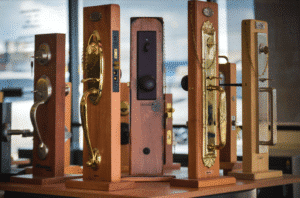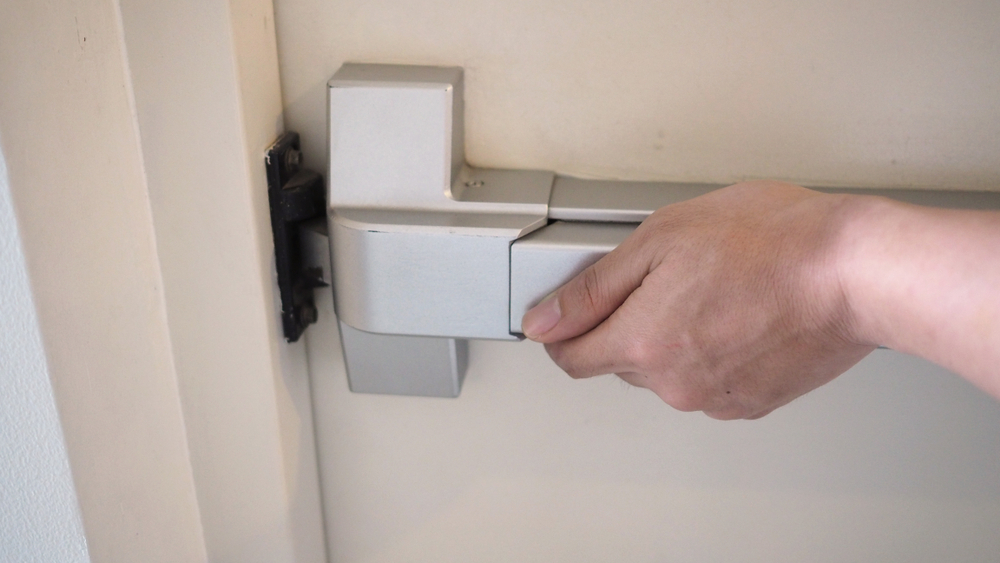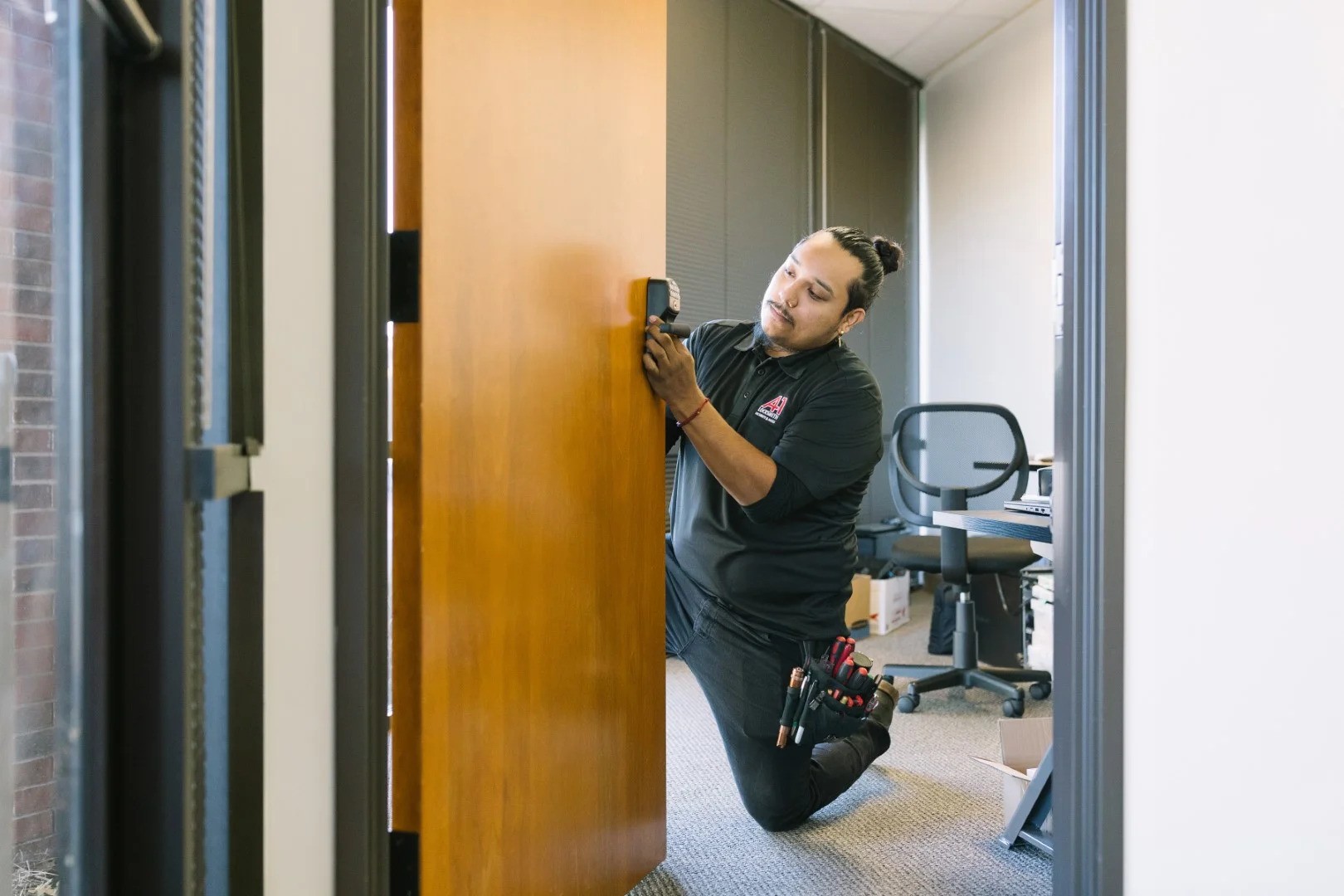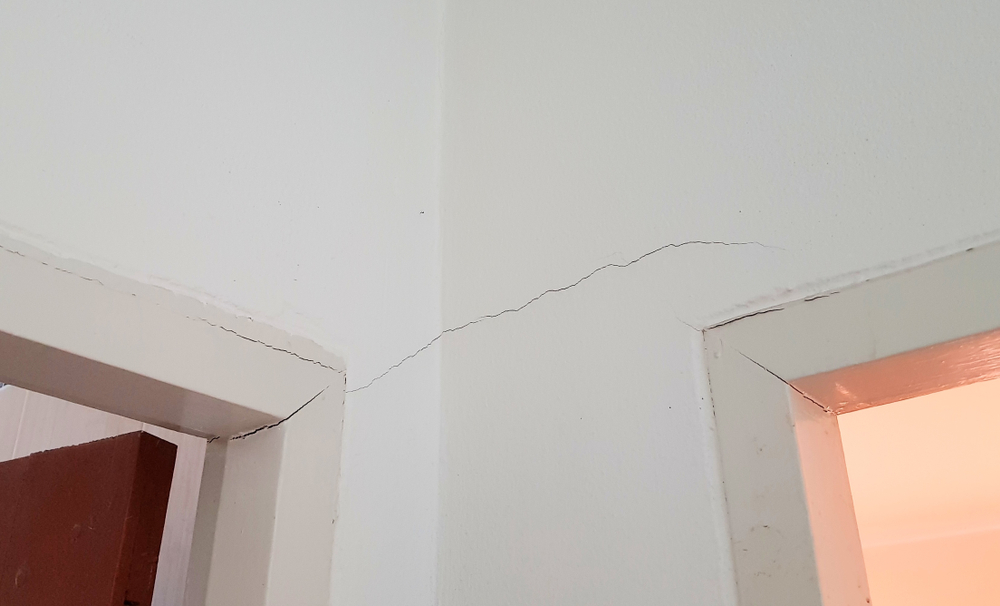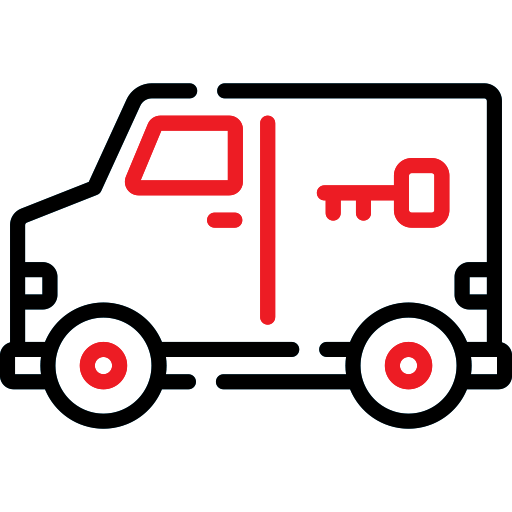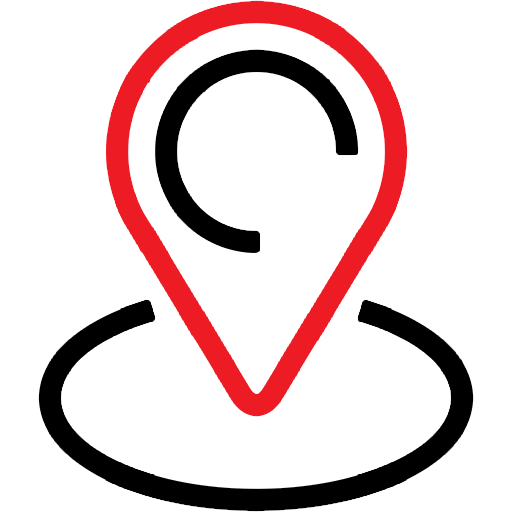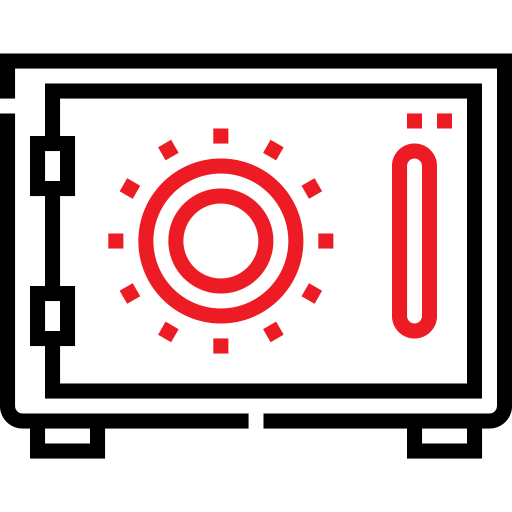Prox cards. Electric strikes. Door releases. What do all of these terms have in common? They’re related to door hardware. Whether you work with doors regularly, have employment in the locksmithing industry or simply want to increase your practical knowledge, knowing these terms can come in handy.
Let’s review 10 door hardware terms that you might not know.
-
Access Control
This is a broad term that basically describes the device that controls access to your doors, gates or wherever else you place them. Often used by businesses, these utilize smart technology to function and are usually powered by electricity or batteries. They can be accessed by several devices and methods, which we’ll cover below.
-
Prox Cards
Also known as “proximity cards,” these devices use advanced technology to access and unlock both door and gate entry systems. It gets its name from the fact these cards have to be in close proximity to the access control panel for them to trigger unlocking the door or gate. Note that these cards depend on signals, which could get interrupted if anything is between the card and access control panel.
-
Card Swipes
These are also known by a variety of other terms, such as key card door locks, card swipe door locks and card reader door locks. These are similar to prox cards in that many models allow you to swipe the card in close proximity to the access control panel for it to open. Other models include additional access options such as combinations, fingerprints, card slots and standard key slots.
-
Touchless Access Control
As you’ve seen above, access control provides several options for locking and unlocking doors. Another entry method is the touchless version, which can be anything from a panel that detects hand movement to panels you unlock with your phone. This can provide peace of mind about the spread of germs and also utilizes the latest technology.
-
Button Keypads
These are what you usually find at most businesses. They are usually composed of 12 buttons, though the number can vary depending on your desired complexity and aesthetics. Using a simple combination on the keypad, you can unlock whatever door it’s installed on.
-
Electric Strike
This is the part of the lock that enables the electric release of the latch or bolt. It’s triggered via an electric signal, which can be sent through prox cards, phones, hand waves or whatever method you choose for the access control panel.
-
Electric Solenoid
This is what actually powers the motor to open the lock when it’s triggered. There are a couple of other ways to accomplish this (e.g. magnet), but the electric solenoid relies on an electric current to lock and unlock the door. It’s important to note that these electric solenoids often have a fail-safe option that unlocks automatically if the power cuts off. (Though fail-secure door hardware options are also available.)
-
Electric Motor
As you can glean from the above information, the motor powers the lock. An electric motor is powered by the electric solenoid and works with the strike plate and signal-sending device to lock and unlock the door it’s installed on.
-
Battery Keypad
If power isn’t an option on the door you want to secure, a battery keypad might be the best option. These act similar to button keypads, but they use batteries instead of an electric current to operate the solenoid, motor and strike. It’s clearly important to replace these batteries regularly to avoid access problems.
-
Door Release
These are a simpler type of door access control in that they only require a button to release the door. If you’ve ever seen one of those “push to exit” buttons at a hospital or another facility, you’ve seen a door release.
This is just a sampling of the door hardware terminology out there. If there are other door hardware terms, technology or replacement options you’d like to know about, visit any of our Dallas-Fort Worth A-1 Locksmith locations today!
